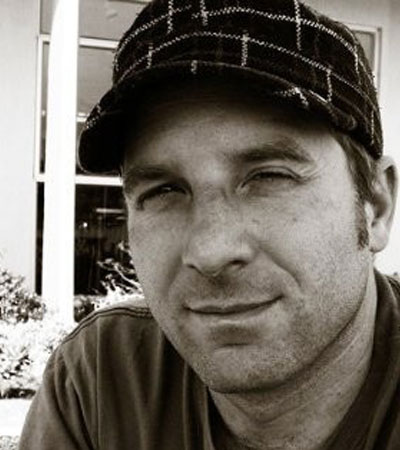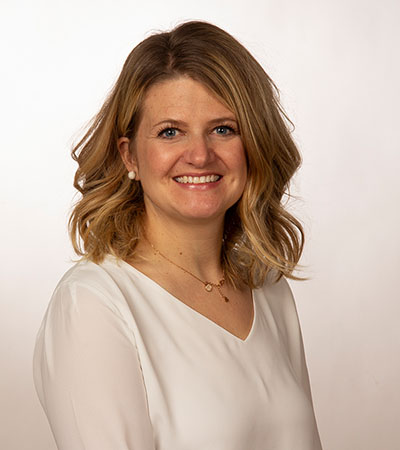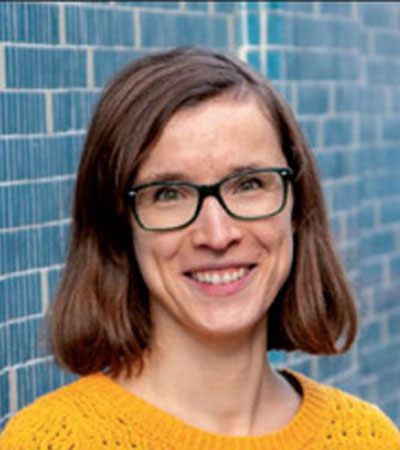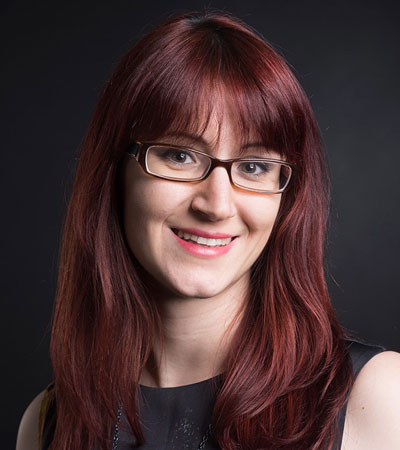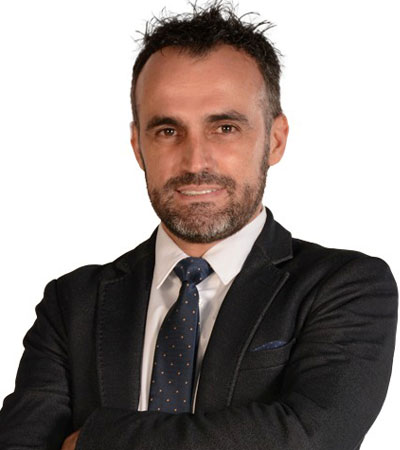Senior Lecturer, Visual Communication Design
Massey University, Wellington, New Zealand
What is the motivation to work in information design?
I want to reevaluate complex information to become clear and unambiguous for focused audiences.
In particular where environmental context and situations demand quick decisions.
What are you working on at the moment?
I’m working on UX and visual communication for the health sector and exploring how emerging technologies can assist emergency management and crisis communication.
Currently, we’re trying to find a tool for reducing the stigma associated with an unexpected health diagnosis.
What is a project you consider a great example of information design?
Foldit, a crowd-sourced online puzzle game about protein folding. Maybe the information design part needs some work, however, the concept of combining the internet “hive-mind” and a game to find solutions that ultimately benefit biological and medical advancements and research is fascinating. Also, I’m a big fan of Claudine’s tsunami maps.
What is your dream project?
Developing and designing UX and UI used in surgery theatres and robotic surgery systems.

